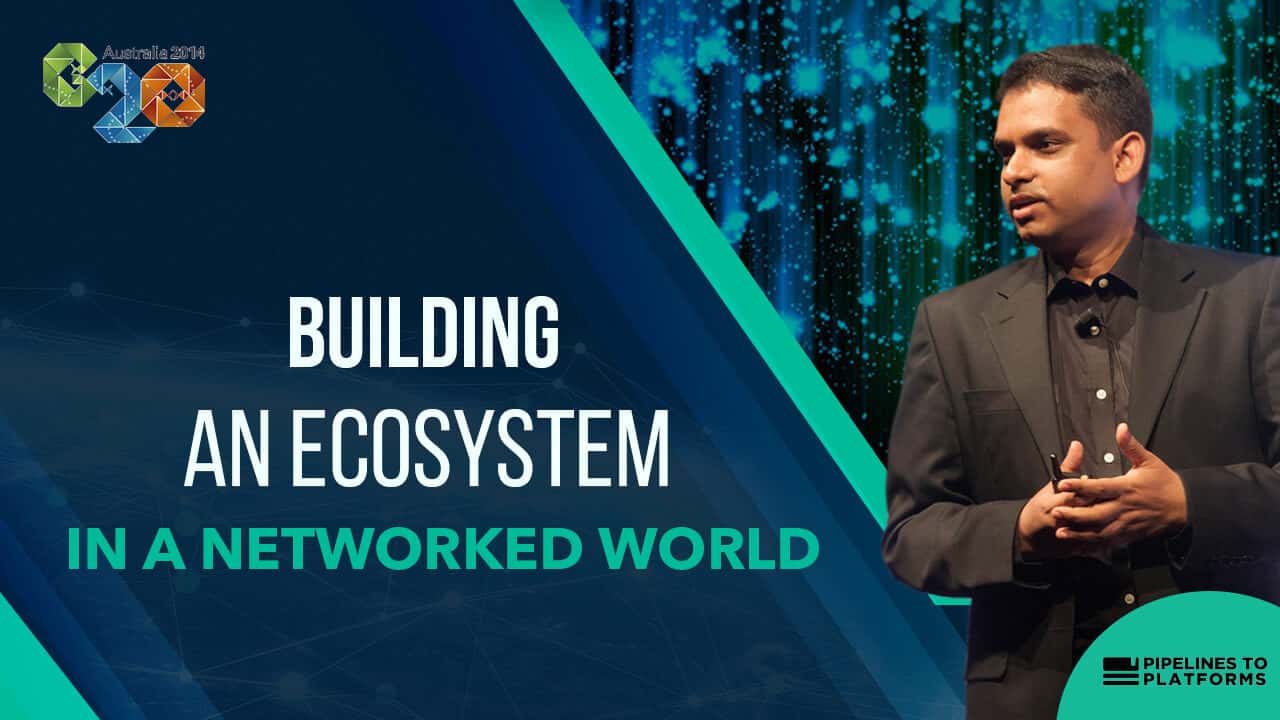Growth
Cracking the Chicken-and-Egg Problem: Platform Seeding Strategies
Acquiring new users for an unknown business is difficult. Startups face this challenge all the time.
This problem gets compounded further when the business is a platform. A platform or network business is a great business to be in once it has been seeded and has achieved critical mass. However, seeding a platform from zero is very complicated and this is the stage at which most user-driven businesses fail. There are three problems that platforms commonly encounter.
The mutual baiting problem (No producer equals no consumer equals…)
Two-sided businesses typically have a producer side and a consumer side which are typically distinct roles. For a two-sided business to work, both producers and consumers need to be on the platform. However, producers won’t come to the platform without consumers and vice versa. Consumers act as a bait to get the producers to come in and vice versa. This is the mutual baiting problem that such networks suffer from which needs to be overcome to seed the platform with users on both sides and spark interactions. This is often referred to as a chicken and egg problem, which isn’t really accurate as the problem is less about seeding one side first and more about bringing on the two together so that they attract each other.
Strategies
Since consumers are a bait to the producers and vice versa, this problem is typically solved by providing an alternate bait to one of the sides. Seeding can be accomplished by:
Providing a bait to producers OR
Simply providing a bait to whichever side is the most difficult to seed
Once one side is seeded, it acts as a bait for the other side to come on board.
The ghost town problem (No complementary products)
Platforms, often, don’t have any standalone value. E.g. Wikipedia without the contributors has no meaning, AirBnB without rental listings is useless. A section of users on the platform (in producer roles) create the content and products for consumption. Hence, platforms are initially ghost towns. Users visiting the platform find no activity, and hence no value, in the platform. Producers, in turn, don’t contribute unless they see some consumer interest. As a result of this vicious cycle, a ghost town continues to remain a ghost town. The challenge is to get complementary products/content on the platform from Day One to break the vicious circle.
Strategies
Successful platforms overcome the ghost town problem by either creating the complementary products themselves or incentivizing producers to create the complementary products initially.
Provide a service for producers that enables them to interact with their consumers
Provide access to new production infrastructure that the user would use even if the network was a ghost town:
Get a marquee player
Convert consumers to producers
Scale is achieved by making repeatable processes more efficient (faster/cheaper) and effective (accurate).
Feel Free to Share
Download
Our Insights Pack!
- Get more insights into how companies apply platform strategies
- Get early access to implementation criteria
- Get the latest on macro trends and practical frameworks
The double company problem
Building a new business requires acquiring and serving a user base. With two-sided networks, this problem gets complicated further as two distinct sets of users need to be acquired and served. Doing this during the initial stages of seeding the platform is twice as difficult as building any other business.
Strategies
Successful platforms solve the double company problem by not trying to go down the double company path. They try to focus only on one set of users at a time. The strategy may be:
Producer-first
Seed the producers on standalone mode
Act as a producer on your own platform
Consumer-First
Heavily incentivize the consumers
Both Sides Together
Provide a single-user utility and move to a multi-user mode (App to network)
Focus on a niche and serve it really well
Make a two-sided platform one-sided
Don’t try to change behavior on both sides simultaneously
The Critical Mass Problem
Platforms and networks are not one-sided services provided by a startup. The service is provided by the producers on the platform and the platform creates value by helping both sides get together and interact. On eBay, a person looking for Angry Birds inflatable balloons needs to be matched to a person selling them for a transaction to be initiated. On Quora, a question needs to be shown to the closest matches in terms of users who can answer it for the right answers to be sourced.
For a network business to succeed, the right producers need to be matched with the right consumers. The likelihood of having both the right producers and the right consumers for all possible transactions increases as the size of the user base increases. This makes it particularly difficult for a new startup to take off because there might not be enough members of both sides (or in both roles) to spark interactions. Critical mass is the minimum size of the user base at which enough number of producers and consumers exist to .
Strategies
State of the Platform Revolution
The State of the Platform Revolution report covers the key themes in the platform economy in the aftermath of the Covid-19 pandemic.
This annual report, based on Sangeet’s international best-selling book Platform Revolution, highlights the key themes shaping the future of value creation and power structures in the platform economy.
Themes covered in this report have been presented at multiple Fortune 500 board meetings, C-level conclaves, international summits, and policy roundtables.
Subscribe to Our Newsletter













